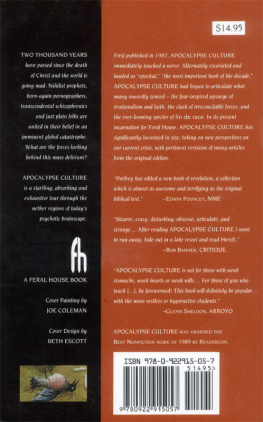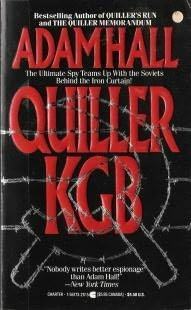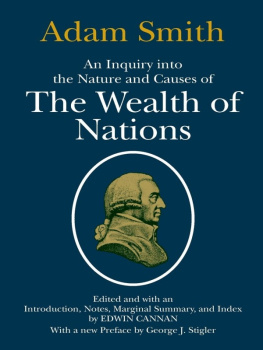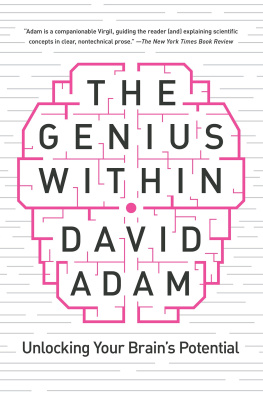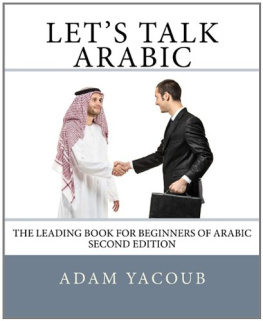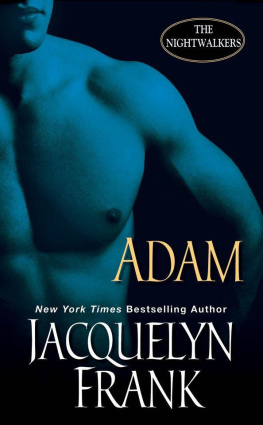APOCALYPSECULTURE
Apocalypse Culture 1987, 1990 by Adam Parfrey
Art in the Dark by Thomas McEvilley first appeared in Artforum, Summer, 1983. Reprinted by permission.
How to Kill 1990 by Harry Allen.
Body Play by Fakir Musafar first appeared in Love Magazine 83. Reprinted by permission of Annie Sprinkle.
The Muslim Program was the publicly declared plank of The Nation of Islam, USA, and was printed in The Fall of America 1973 by Elijah Muhummad.
The Invisible War 1990 by Anton Szandor LaVey.
Sorcerer of Apocalypse: An Introduction to John Whiteside Parsons first appeared as Belovd of Babalon in Starfire #3. 1990 by Michael Staley.
The Call to Chaos: From Adam to Atom by Way of the Jornada del Muerto 1990 by James Shelby Downard.
Meditations on the Atom and Time: An Attempt to Define the Imagery of War and Death in the Late Twentieth Century 1990 by Dennis Stillings.
All Rights Reserved
eISBN: 978-1-936239-56-6
A Feral House Book
Feral House
1240 W. Sims Way Suite 124
Port Townsend, WA. 98368
www.FeralHouse.com
19 18 17 16 15 14 13 12 11
Dedicated to
Aimee Semple McPherson
Alike for those who for today prepare,
And those that after a tomorrow stare,
A Muezzn from the Tower of Darkness cries
Fools! your Reward is neither Here nor There.
Rubiyat of Omar Khayym
PREFACE
TO THE SECOND EDITION
J ust a few short ticks to the third millennium and the hoi polloi have settled into their homely predestined epiphanies. A cold, dead, fish-eyed kind of love, wailing the demise of pre-humanoid embryo, exhorting the restriction and extinction of lifeour lives as well as their own. It is, after all, the Convenient solution. The mapped-out end-of-the-world Xtian drill.
Apocalypse ups the ante. Easier to lose ones trail in the hubbub. An opportunity to put an end to the nightmare of abundance before the teeming masses jealously strip away all trace of biodiversity. Its Gaia going rope-a-dope with the imperium of overpopulation, capital and stupidity. One of the teeming masses writes me, When I hear the word nature, I reach for my Lysol.
The reader of Apocalypse Culture will soon begin to notice a preponderance of material from individuals who have the audacity to consider themselves their own best authority, in repudiation or ignorance of the orthodoxy factories of Church, University or State. The constructions of these folk researchers may often seem wildly amiss, laughable, disreputable, but are more revealing cultural barometers than the acculturated pabulum of compromised and corrupt professionals.
The original edition of Apocalypse Culture had the kind of initial order that was easily bested by short-run University Press monographs on Edmund Spenser. A buyer for a major book chain yelled at my distributors sales manager for actually suggesting she stock such an abomination. For the first six months or so, writers could not place reviews of Apocalypse Culture anywhere; editors were wary of that book. Without publicity and only limited shelf space, Apocalypse Culture somehow began to sell, and in its way affected things. I heard of it busting up a couple marriages, one partner drawing the line over that book. Reviews began to appear, subjecting the book to vitriolic attack or abject praise. The standard-bearers of culture who refused to acknowledge the books presence a couple months ago began to refer to the notorious Apocalypse Culture. Even a couple authors included in the anthology, who had originally praised the collection, wrote letters of protest, perceiving a discernably dangerous slant. Fortunately, there were other kinds of letters:
The recent acquisition and digestation of A. Parfreys compilation ... has given me new hope. It recalls the ancient role of the printed word: conveying knowledge that is primary (i.e., to read it is to undergo involuntary expansion and transformation...). Its become fairly apparent that the vast majority of published matter is a deliberate and continual hollowing of the individual and collective mind; happy endings, rigid rationales for cultural norms and an obsessive emphasis on victory of Light over dark have taken their toll in increasing taboos against death, sexuality and intellect....C. H., Blue Point, NY.
J. G. Ballard, who from the start recognized our dire position, jinxes the thrall of apocalypse culture by beating it at its own game: I believe that the catastrophe story, whoever may tell it, represents a constructive and positive act by the imagination rather than a negative one, an attempt to confront the terrifying void of a patently meaningless universe by challenging it at its own game, to remake zero by provoking it in every conceivable way.
It was my recurring childhood game to believe that I could avert disaster (car crashes, atomic bombs, etc.) by imagining the calamity while holding my breath. It is entirely possible that Apocalypse Culture is the outgrowth of this kind of puerile superstition. It is instructive, then, to note that nothing in Apocalypse Culture is a fiction; reality has taken on such a dire and phantasmagoric cast that fictionalizing has become superfluous. The essay form has superseded the novel as the vehicle that best suggests the prevailing apocalyptic gestalt, and as the talisman that is most able to repel the onset of paralyzing dread.
The Expanded and Revised Edition of Apocalypse Culture became necessary after the the first edition sold through its third printing. Even though there was material enough for an Apocalypse Culture II, I thought the better of such a volume because: 1) More than a few articles from the first edition seemed to me such a pure expression of our particular fix that I couldnt do without them; and 2) Placing a Roman numeral after a title like Apocalypse Culture would be like the ham actor doing extra leg kicks and death rattles after hes run through with a retractable sword. How do you grind a sequel out of the End of the World?
Apocalypse Culture is now divided into two sections. Apocalypse Theologies surveys the thanatoxic symptoms. The Invisible War pieces together the psychopolitical consequences of the sub rosa convergences behind apocalypse culture.
For the present version, certain pieces from the first edition were revised or incorporated into articles of greater breadth; approximately 18 new essays have been added while a dozen articles that appeared in the first edition have been deleted. The additions and revisions are drastic enough, I hope, not to disappoint readers who have already purchased the original edition.
Adam Parfrey
October 1990
Los Angeles
CONTENTS
Battling for the Feral Soul of Man
Adam Parfrey
An Interview with Karen Greenlee
Jim Morton
Adam Parfrey
Adam Parfrey
Adam Parfrey
Paul Lemos
Love, Lithium, and the Loot of Lima
James Anubis Van Cleve
Thomas McEvilley
Hakim Bey

